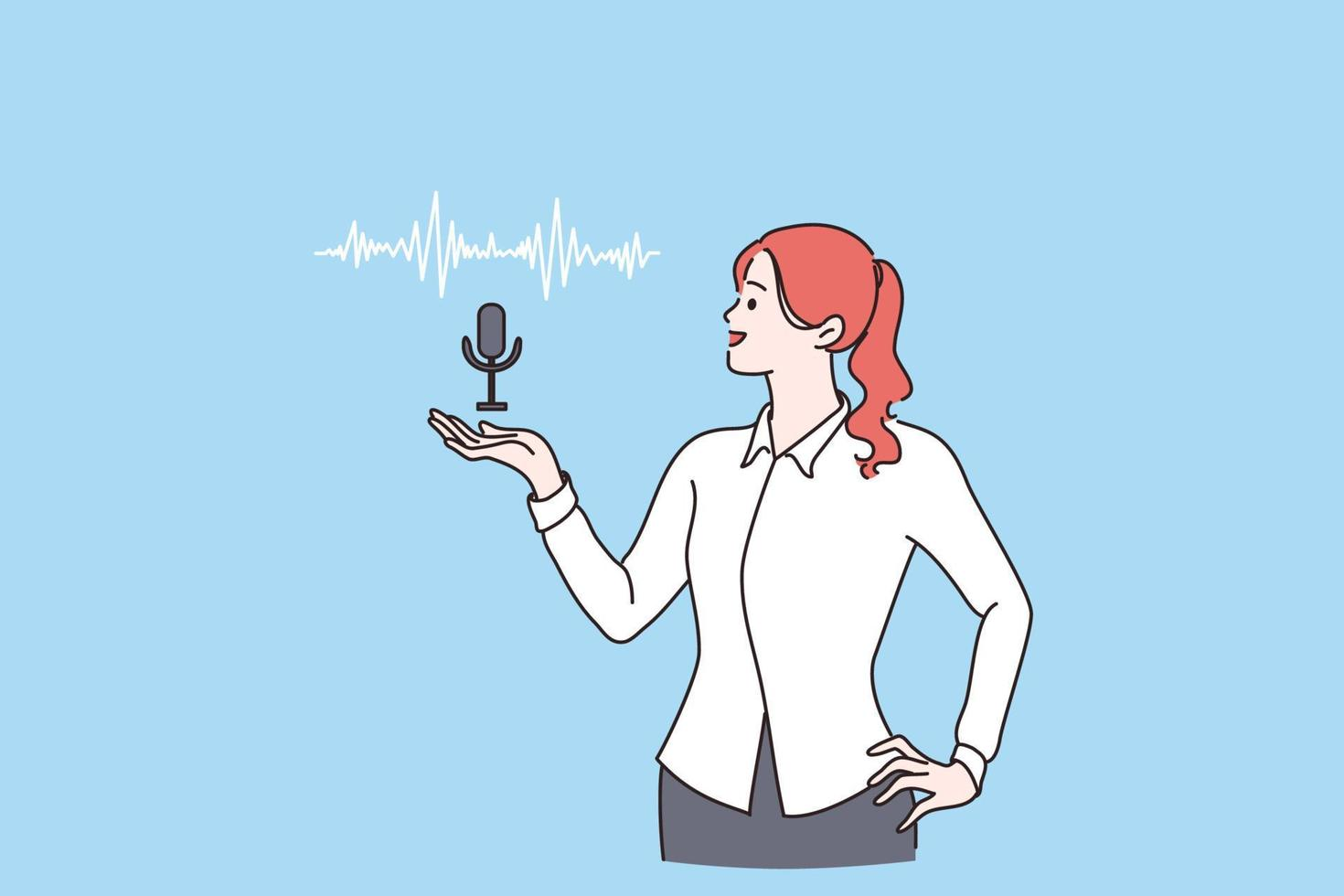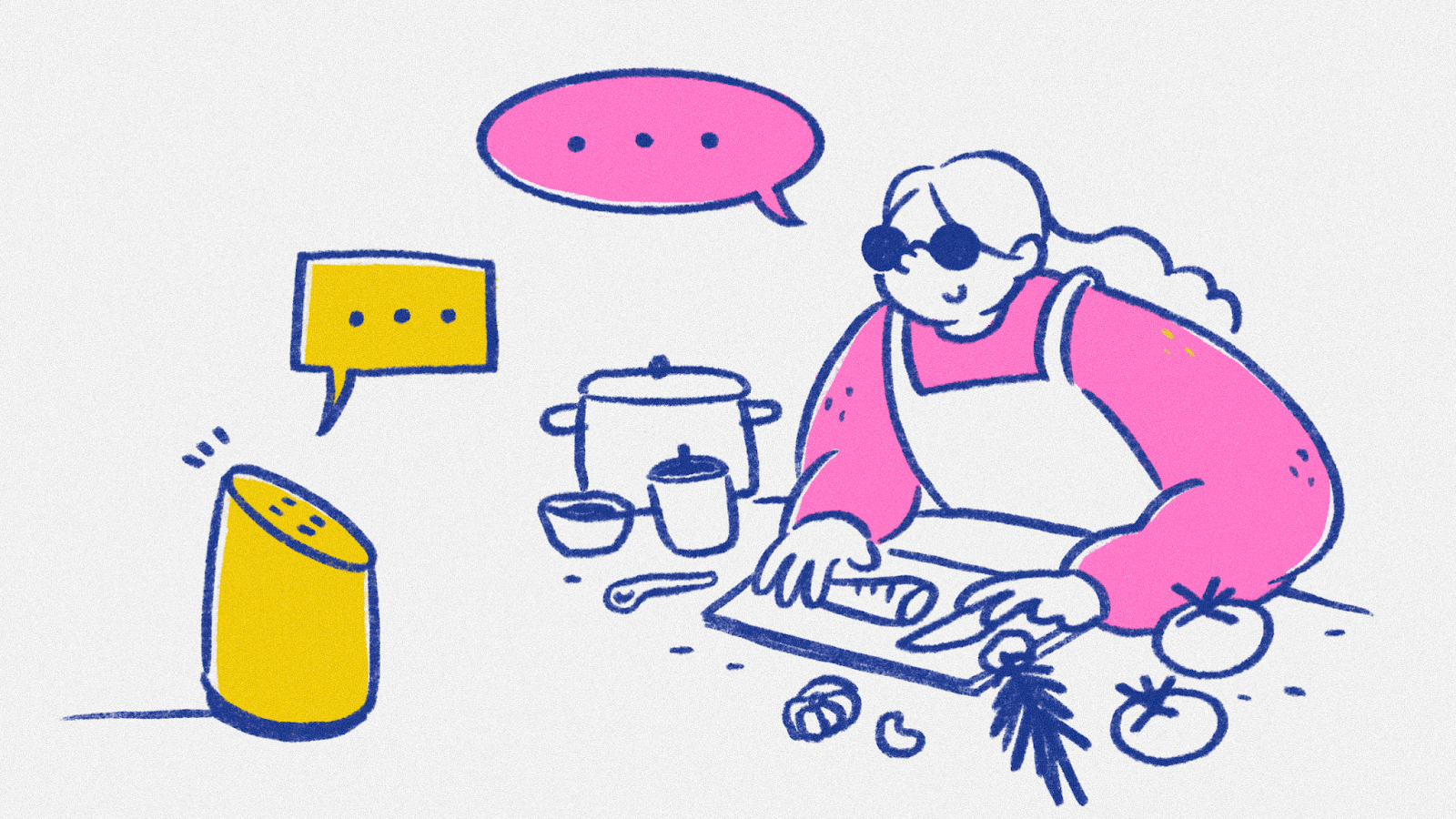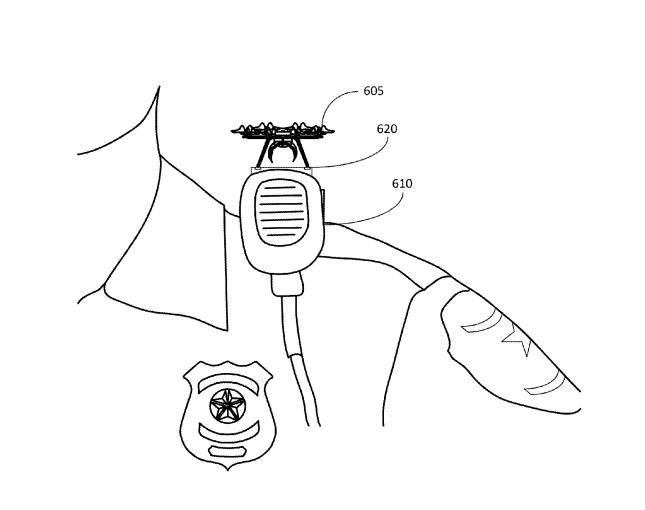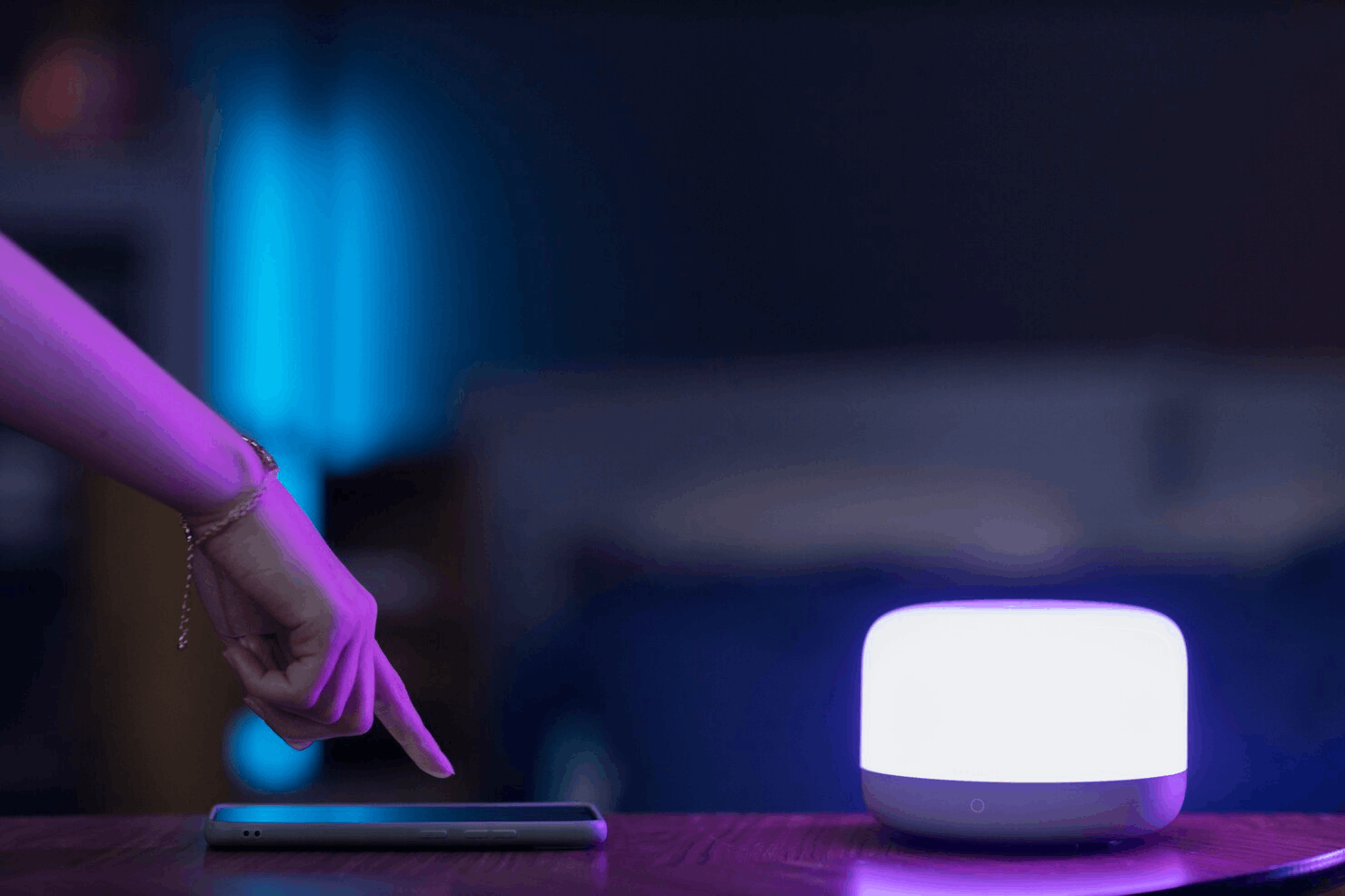Voice controlled drawing is no longer a niche experiment. It is becoming a mainstream option for creating art without physical input devices. In 2025 the assistive technology market is worth about $25 billion and shows steady growth, which points to an increasing need for solutions that make participation possible for more people.
This is not just about replacing the mouse or stylus. It is about offering new ways to create for people who could not use traditional tools at all. The idea of speaking a few words and watching shapes, lines, and colors appear on a digital canvas is both practical and inspiring. For someone with mobility challenges, it can mean the first time in years they can make art without help. For someone without disabilities, it can mean the freedom to create while doing other things, without sitting at a desk or holding a pen.

Why Voice Drawing Welcomes More Artists
The appeal of voice drawing starts with the fact that it does not require fine motor skills. For people with paralysis, severe arthritis, or other mobility issues, this can be life changing. The WHO estimates that more than 2 billion people could benefit from assistive technology, yet only a small part of them have access to effective tools. Voice controlled art removes a key barrier — the need to hold and control physical instruments — and replaces it with a simple, natural interface: speech.
Therapists have already begun using voice drawing in rehabilitation programs. It allows patients to practice control, decision making, and creativity without physical strain. In some therapy contexts, simply being able to create something visual can boost emotional wellbeing and help with recovery from trauma or illness. Teachers are also finding uses for it in classrooms, giving every student a chance to participate regardless of ability.
Even for artists without disabilities, voice control offers flexibility. Imagine being able to sketch ideas while standing in a crowded space, while cooking, or even while recovering from a minor hand injury. It makes artistic creation more spontaneous and less tied to specific places or setups.

How ARTiculate Works in Practice
ARTiculate was created to be as intuitive as possible, even for someone who has never used a voice-driven creative tool before. It relies on the Deepgram speech recognition API, which processes spoken commands instantly, turning them into precise actions on the digital canvas. The visual part runs on P5.js, responsible for rendering brush strokes, shapes, and animations in real time. React manages the interface so that updates, accessibility adjustments, and new features can be added without disrupting the overall experience.
A big part of its accessibility comes from its command structure. Instead of memorizing complex phrases, users can speak short, single words like “bold,” “down,” or “go.” These instantly change brush properties, navigate the canvas, or adjust colors. This makes the tool approachable not only for people with disabilities but also for those who are simply trying voice-based art creation for the first time.
Key elements that make ARTiculate stand out include:
- Short, clear commands that reduce the learning curve for new users.
- Real-time responsiveness thanks to Deepgram’s high-accuracy recognition, even in noisy rooms.
- P5.js rendering for smooth brush strokes and fluid color blending.
- React architecture that allows easy integration of future features like custom vocabularies.
- Velocity acceleration brush mode for a more natural and organic painting feel.

One of the most unique aspects is that velocity acceleration brush mode. It gives each stroke variations in thickness and flow, much like a real paintbrush on paper or canvas. This is important for artists who value the expressive character of traditional media but also want the convenience of digital tools.
In testing sessions, even beginners reported that after only a few minutes, speaking commands felt natural, almost like extending their own movement into the digital space. Professional illustrators have also noted that the reduced setup time and hands-free interaction allow them to focus purely on creative decisions, without thinking about the mechanics of control.
If you want to see how similar modular voice-enabled systems can expand into conversational AI and other creative tools, the Graphlogic platform offers practical examples of such integration.
Tech That Makes It Possible
The ARTiculate platform is built on a reliable and flexible technology stack designed for both speed and scalability. At its core is Deepgram, which handles speech-to-text conversion in real time. This engine achieves high accuracy even in environments with moderate background noise, so users do not have to work in a silent studio to get consistent results. Commands are recognized and executed almost instantly, which keeps the creative flow uninterrupted.
The rendering is powered by P5.js, a JavaScript library known for its flexibility in creative coding. It is responsible for drawing brush strokes, producing smooth animations, and managing real-time interactions between the user’s voice and the canvas. This means that when you say “mix blue and red,” the change appears visually without any noticeable delay.
React takes care of the interface structure. By organizing the UI into independent components, developers can upgrade or replace parts of the system without breaking the rest. This is especially important for accessibility, where small adjustments — like a new color palette option or larger icons — can make the tool more comfortable for different users.
Key strengths of this setup include:
- Fast and accurate speech recognition with minimal latency, powered by Deepgram.
- Flexible rendering engine in P5.js for smooth strokes and responsive visuals.
- Component-based architecture in React, enabling rapid updates and experiments.
- Scalability that supports future features without rewriting the core system.
Because the system is modular, adding new features is straightforward. Developers can integrate custom command vocabularies for specific languages, design accessibility modes for people with color vision differences, or create more advanced voice-driven color mixing options. These improvements follow the accessibility standards outlined in WCAG, which ensures the platform stays inclusive and easy to use for as many people as possible.

For those who want to build similar applications, the Graphlogic Speech-to-Text API offers a solid foundation for handling voice input with speed, precision, and adaptability — qualities essential for creative tools that rely on real-time interaction.
Accessibility Gains and Real Value
The biggest benefit of voice drawing is that it removes the physical barriers that stop many people from creating. For someone who cannot hold a stylus, mouse, or brush, being able to draw with their voice opens a new world of self-expression. The WHO points out that access to assistive technology is still limited in most countries. ARTiculate helps close this gap by giving users control that is both intuitive and adaptable to personal needs.
Custom commands allow users to adapt the system to their own speech patterns, which is essential for those with unique accents or speech conditions. Planned updates include modes optimized for color blindness and the ability to import reference images directly into the canvas. These changes will make the tool even more inclusive, serving both artists with disabilities and those who simply prefer a hands-free creative process.

Tips from Experts
Begin by mastering the most basic commands and repeat them until you can deliver them with ease and without hesitation. This helps you become comfortable with the system’s timing and rhythm and allows you to predict how it will respond in different situations. Whenever possible, work in a calm and quiet environment so the microphone can capture your words without interference from background noise. Clear audio input significantly improves recognition accuracy.
When working with color mixing via voice commands, be especially precise. Use exact and consistent names for each color and if you are experimenting with shades, document your naming system so you can reproduce results later. Consistency is important because even slight variations in wording can lead to unintended outcomes.
If you teach classes or run creative workshops, consider guiding participants to create their own personalized command sets that match their speech patterns and preferences. This personalization reduces errors and builds confidence in using the tool. In therapeutic contexts, place greater emphasis on the creative journey itself, focusing on exploring shapes, colors, and ideas rather than on producing a polished final piece. For many people the act of making art is where the deepest benefits of expression, focus, and emotional release are found.

Final Thoughts
Voice controlled drawing technology demonstrates in a vivid way how digital tools can broaden access to creative activities. Its purpose is not to replace brushes, pencils or traditional techniques but to stand alongside them as another entry point, especially for individuals who face physical, cognitive or situational barriers to conventional art making.
The ARTiculate platform is an example of a well designed creative tool that combines simplicity with power. It opens doors for artists experimenting with new workflows, for students learning through play and for patients using art as part of their recovery or emotional well being. As development continues and more features are introduced such as expanded vocabulary, more responsive color interpretation and integration with other creative platforms, the potential for both artistic innovation and therapeutic application will continue to grow.
In the end, what makes this technology exciting is not just the novelty of controlling art with your voice but the way it invites more people into the creative process, turning imagination into action without unnecessary barriers.
FAQ
People with mobility impairments, artists seeking flexibility, therapists, educators, and even hobbyists who want to work hands free.
Yes. With Deepgram technology, commands are understood quickly and reliably.
No. ARTiculate uses short, clear commands that most people learn within minutes.
Yes. The development roadmap includes bringing images directly into the workspace.
Yes. Color-blind-friendly modes are planned and in active development.

